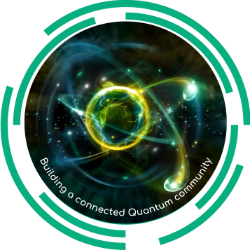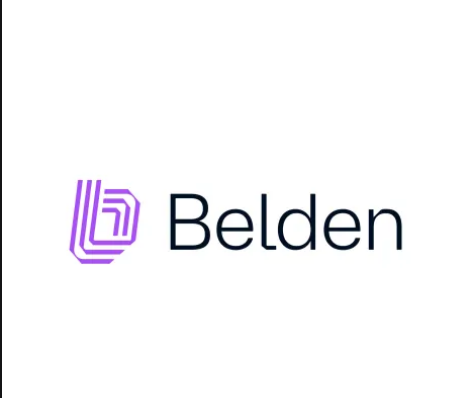While quantum technology is becoming more of a worldwide industry, there are still several places around the globe that are only just beginning to emerge as a new corner of the quantum ecosystem. One of these areas is Latin America. With various research centers already studying quantum phenomena, this region is beginning to grow a rich ecosystem ready to connect with the rest of the world. To help foster this Latin- American community and bring more awareness to the area, the quantum talent company QURECA, along with Quantum South and the Unconventional Computing Lab, hosted a hybrid conference called Quantum Latino. This is the first year for Quantum Latino, and because of its many successful outcomes, it will no doubt continue to happen for years to come.
The Current Landscape of the Latin American Quantum Ecosystem
Using the data from the Quantum Insider’s premium database, there are a dozen or so quantum institutions within Latin America, mostly located in Brazil and Argentina. This makes this region the natural quantum hub for the growing Latin American Quantum Ecosystem. While there are other Spanish-speaking quantum institutions, mainly in Spain, Latin America’s quantum institutions are mainly research-based, as opposed to other quantum hubs having a heavier industry-based composition. This makes the Latin American Quantum Ecosystem perfect for industry partnerships, as well as a growing network of research collaborations. The Quantum Latino conference helped culminate these discussions, as like-minded individuals joined to learn more about Latin America’s quantum community.
From June 8-10th, conference-goers could sit in on virtual or in-person talks to learn more about quantum technology’s work in Latin America. The event was sponsored by Amazon Web Services (AWS), Atom Computing, and Nu Quantum. Other organizations and key players attended the conference, helping to foster collaborations and partnerships. The conference hosted 40 total sessions with 61 speakers. While a third of the 550 attendees were professionals, a surprising third was also made up of students, revealing a younger demographic interested in the possibilities of this technology.
Creating a New Conference
The process of launching Quantum Latino was not a straightforward one, Efforts originally began in 2021. According to Mariano Caruso, an investigator at FIDESOL, a technological center in Spain, there were various conversations with businesses like IBM and others to try to set up this event. “Finally, we found a common goal to work towards, under the pretext given by two calls for proposals to which we submitted research projects,” explained Caruso. “Our participation in Quantum-Latino 2022 was about a reflection on the role played by three agents: university, technology center, and company when aiming to increase knowledge on a specific topic and contribute technologically to society. We hope to bring new results of these interactions throughout the life of Quantum Latino.”

Not only did the conference host opportunities for networking and discussion, but the content of the talks ranged widely, making sure all attendees could find something they enjoyed. From quantum computing in robotics to writing scientific papers, all sessions featured expert opinions as well as hands-on activities. Amateurs and quantum experts alike were engaged by the material presented at the event. With the quantum industry working hard to expand the diversity of its participants, conferences such as Quantum Latino highlight areas for growth, as well as communities to include. This can be helpful for forging new connections and growing the quantum network even more.
The conference was overall well received by the quantum community, and will no doubt grow even larger in the years to come. One attendee’s statement reflected the general outcome of the conference: “Thank you for all the effort into making this conference a reality.”
You can find out more by clicking here.
For more market insights, check out our latest quantum computing news here.


















